All of the products and services we feature are chosen independently. If you click through links we provide, we may earn a commission. Learn more
Written by: Emily Chen
Landmarks in Japan
- Updated: September 30, 2023 | Published:
Japan, an enchanting land of ancient traditions and modern marvels, offers a wealth of unforgettable experiences for travelers seeking a unique blend of history, culture, and natural beauty.
From serene temples nestled in lush gardens to towering mountains and bustling cities, Japan’s diverse attractions never fail to captivate and inspire as a must-visit travel destination. In this article, we present a curated selection of the top must-visit landmarks in Japan that showcase the country’s rich heritage and unparalleled charm.
Whether you’re an intrepid adventurer, a history buff, or simply seeking a serene escape, Japan’s awe-inspiring landmarks promise to leave an indelible mark on your memory.
Join us as we embark on a journey through Japan’s most iconic sites, providing essential details and tips to help you plan your visit to these remarkable destinations.
Iconic Landmarks in Japan
1. Fushimi Inari-Taisha, Kyoto

- Best Time to Visit: Spring and Fall
- What to Expect: A serene walk through thousands of red torii gates, fox statues, and tea shops
- Ideal For: Families, solo travelers, culture enthusiasts
- Yearly Visitor Count: Approximately 2.7 million
- Geographical Location: Southern Kyoto, Japan
Fushimi Inari-Taisha, a Shinto shrine dedicated to the god of rice, Inari, is famous for its thousands of vermilion torii gates lining the paths on Mount Inari.
The shrine dates back to 711 AD and attracts visitors for its serene atmosphere and cultural significance. The gates, donated by individuals and businesses seeking good fortune, lead up the mountain to various smaller shrines.
Along the way, visitors can spot fox statues, believed to be messengers of Inari. Tea shops and rest areas are scattered along the route, providing refreshments and a chance to soak in the tranquil surroundings.
2. Kinkaku-ji (Golden Pavilion), Kyoto
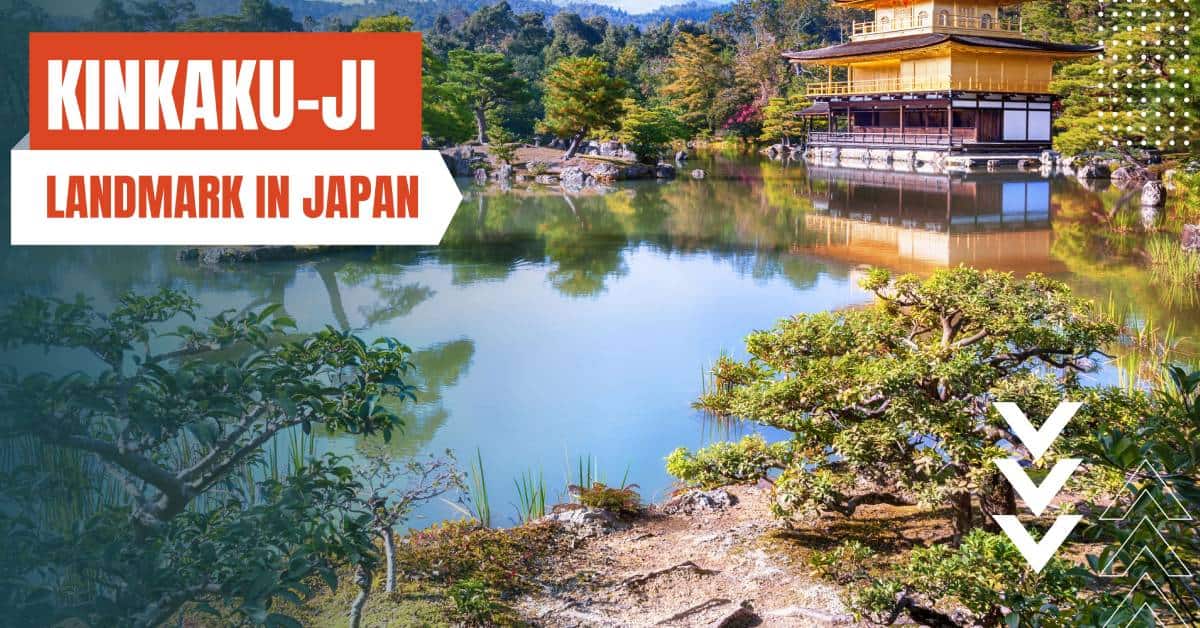
- Best Time to Visit: Late Fall and Winter
- What to Expect: A stunning golden temple surrounded by a beautiful garden and pond
- Ideal For: Families, solo travelers, architecture and history enthusiasts
- Yearly Visitor Count: Approximately 4 million
- Geographical Location: Northwest Kyoto, Japan
Kinkaku-ji, also known as the Golden Pavilion, is a Zen Buddhist temple known for its striking gold-leaf covered exterior. Originally built in 1397 as a villa for a shogun, it was later converted into a temple after his death.
The pavilion is surrounded by a tranquil pond and garden, reflecting the temple’s image on the water. Although visitors cannot enter the pavilion itself, the grounds offer picturesque views, especially during late fall when the leaves change color, and during winter when snow covers the landscape.
3. Mount Fuji, Shizuoka and Yamanashi Prefectures
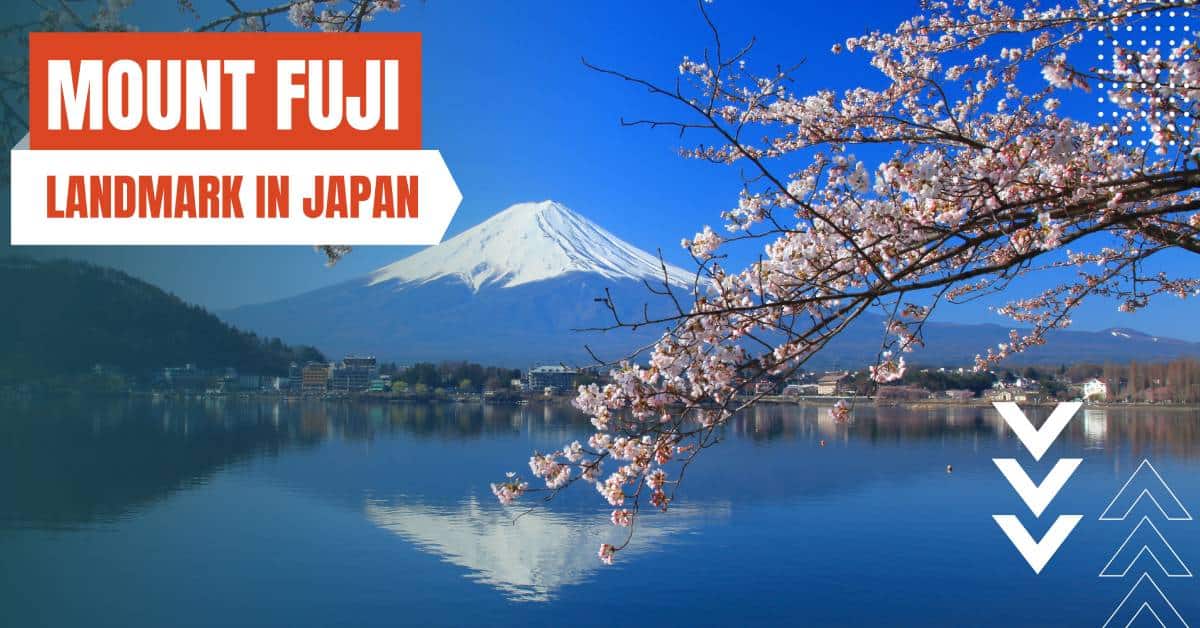
- Best Time to Visit: July and August
- What to Expect: Hiking trails, stunning views, and mountain huts for overnight stays
- Ideal For: Adventure-seekers, nature lovers, families, and solo travelers
- Yearly Visitor Count: Approximately 300,000 climbers (peak season)
- Geographical Location: Border of Shizuoka and Yamanashi Prefectures, Japan
Mount Fuji, Japan’s tallest and most iconic peak, stands at 3,776 meters and is considered one of the country’s “Three Holy Mountains.” During the official climbing season (July and August), visitors can hike to the summit, enjoying breathtaking views along the way.
There are four main trails, each offering a unique experience, and mountain huts provide shelter and food for overnight stays.
Those who prefer not to climb can still admire Mount Fuji from nearby spots like Lake Kawaguchiko, Hakone, and the Shinkansen bullet train.
Traveling to Japan and need mobile internet? Compare eSIMs for Japan from over 20+ Prepaid eSIM providers
4. Todai-ji Temple, Nara
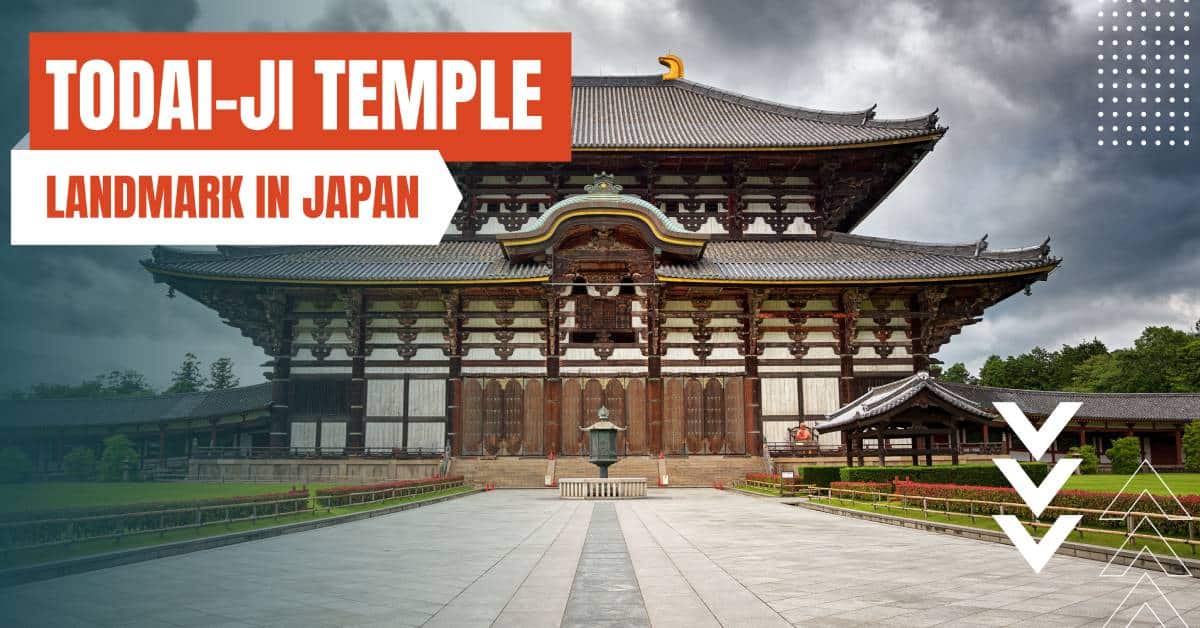
- Best Time to Visit: Spring and Fall
- What to Expect: A massive bronze Buddha statue, beautiful architecture, and deer roaming freely
- Ideal For: Families, solo travelers, history and architecture enthusiasts
- Yearly Visitor Count: Approximately 2 million
- Geographical Location: Central Nara, Japan
Todai-ji Temple, a UNESCO World Heritage Site, is renowned for housing the world’s largest bronze statue of Buddha (Daibutsu), standing at 15 meters tall.
The temple was constructed in 752 AD and remains one of the most impressive examples of Japanese Buddhist architecture.
The temple grounds are home to Nara Park, where visitors can interact with the friendly, free-roaming deer believed to be sacred messengers of the gods.
5. Hiroshima Peace Memorial Park, Hiroshima

- Best Time to Visit: Year-round
- What to Expect: Poignant monuments, museums, and memorials dedicated to the victims of the atomic bomb
- Ideal For: Families, solo travelers, history enthusiasts
- Yearly Visitor Count: Approximately 1.7 million
- Geographical Location: Central Hiroshima, Japan
Hiroshima Peace Memorial Park, a somber reminder of the devastating impact of the atomic bomb dropped in 1945, is dedicated to promoting world peace and the abolition of nuclear weapons.
The park includes the A-Bomb Dome, the remains of a building that survived the blast, and several memorials and museums, such as the Children’s Peace Monument and the Hiroshima Peace Memorial Museum. The park offers a powerful and educational experience for visitors.
6. Himeji Castle, Hyogo Prefecture
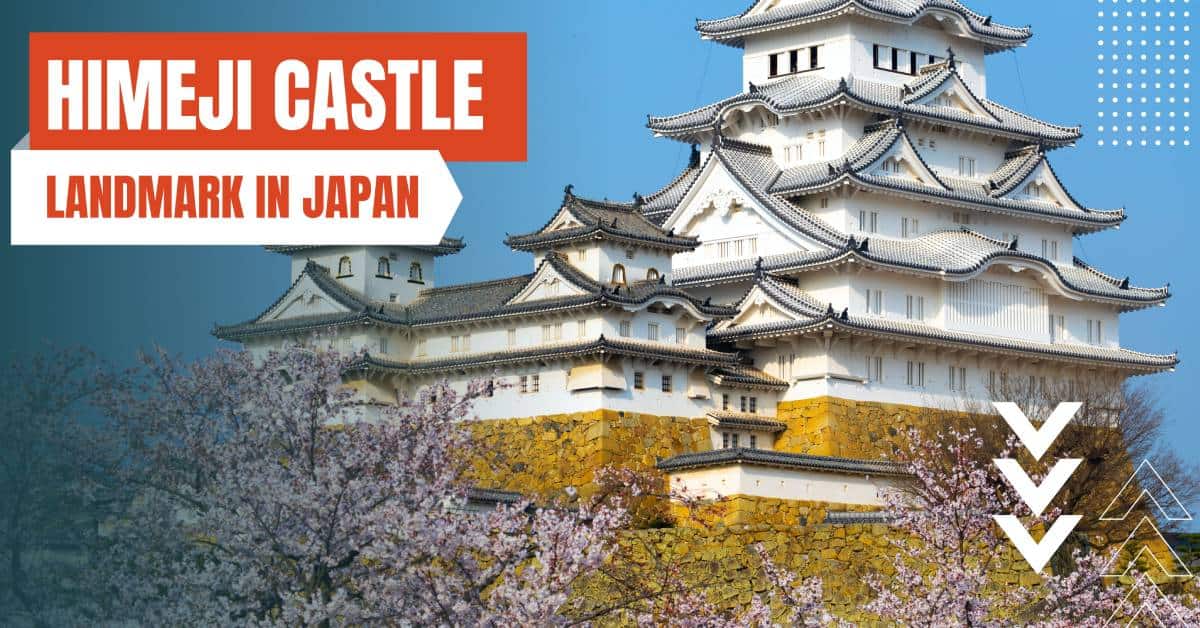
- Best Time to Visit: Spring and Fall
- What to Expect: A stunning white castle with intricate architecture and beautiful surrounding gardens
- Ideal For: Families, solo travelers, history and architecture enthusiasts
- Yearly Visitor Count: Approximately 3 million
- Geographical Location: Himeji City, Hyogo Prefecture, Japan
Himeji Castle, a UNESCO World Heritage Site, is considered one of the finest examples of Japanese castle architecture.
Also known as the “White Heron Castle” due to its white plaster exterior, the castle dates back to the 14th century and remains remarkably well-preserved. The castle features a complex network of gates, towers, and defensive structures, as well as beautiful surrounding gardens.
Visitors can explore the castle grounds and interiors, taking in the unique architecture and panoramic views from the top.
7. Senso-ji Temple, Tokyo

- Best Time to Visit: Year-round
- What to Expect: Tokyo’s oldest temple, bustling shopping streets, and traditional rituals
- Ideal For: Families, solo travelers, culture enthusiasts
- Yearly Visitor Count: Approximately 30 million
- Geographical Location: Asakusa, Tokyo, Japan
Senso-ji Temple, Tokyo’s oldest and most significant Buddhist temple, dates back to 628 AD. The temple is dedicated to the goddess of mercy, Kannon, and attracts visitors for its rich history and cultural experiences.
The approach to the temple, known as Nakamise Street, is lined with bustling shops selling traditional crafts, souvenirs, and snacks.
Visitors can participate in various rituals, such as drawing fortune slips and wafting incense smoke for good health.
8. Itsukushima Shrine, Hiroshima Prefecture
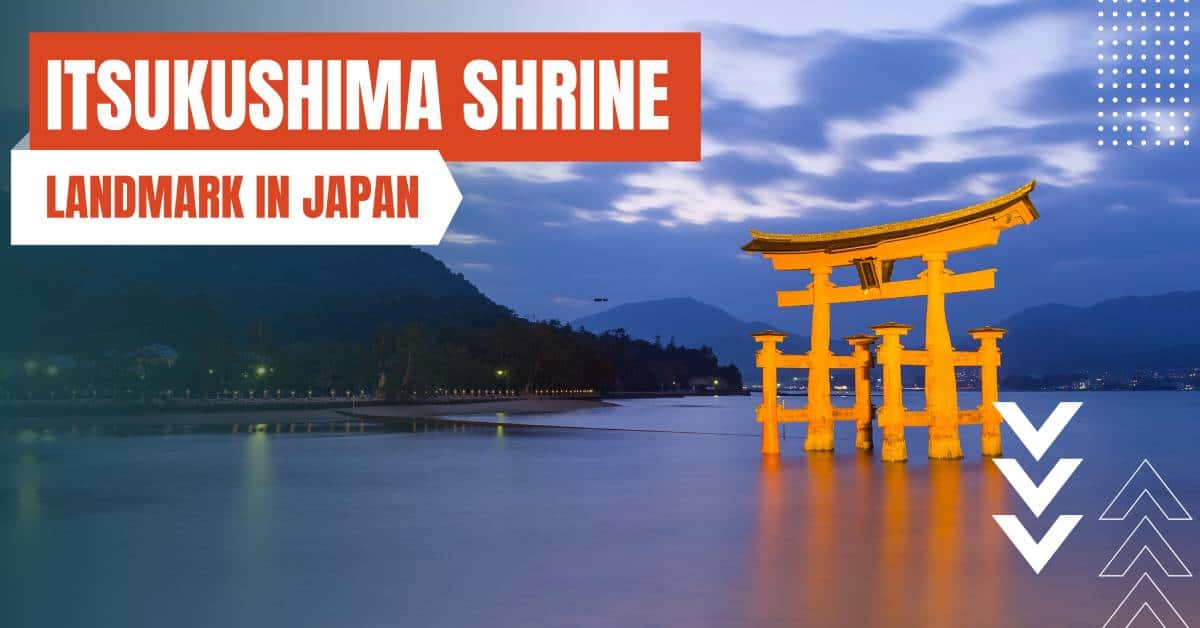
- Best Time to Visit: Spring and Fall
- What to Expect: A striking red shrine appearing to float on water during high tide
- Ideal For: Families, solo travelers, culture enthusiasts
- Yearly Visitor Count: Approximately 4 million
- Geographical Location: Miyajima Island, Hiroshima Prefecture, Japan
Itsukushima Shrine, a UNESCO World Heritage Site, is known for its iconic “floating” torii gate that appears to rise from the water during high tide. The shrine, dedicated to the three daughters of the Shinto god of seas and storms, has a history dating back to the 6th century.
Visitors can explore the shrine’s beautiful buildings and pathways, which are designed to harmonize with the natural surroundings. The island also offers other attractions, such as the Mount Misen Observatory, Daisho-in Temple, and free-roaming deer.
9. Kenrokuen Garden, Ishikawa Prefecture
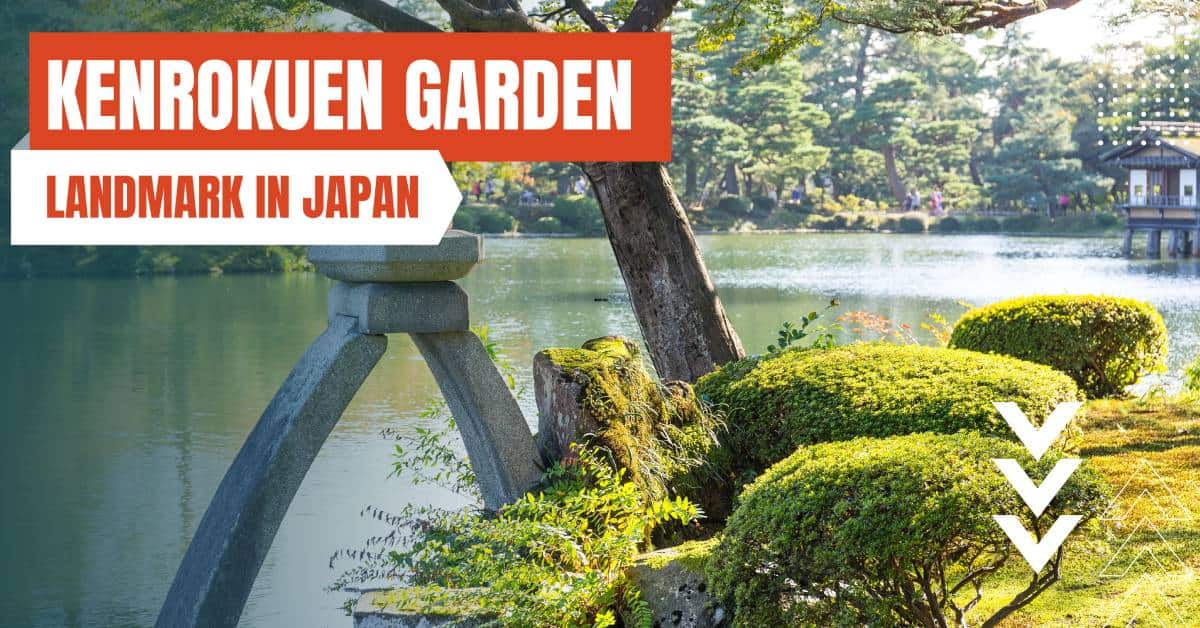
- Best Time to Visit: Year-round, but especially beautiful in Spring and Fall
- What to Expect: A stunning landscape garden with seasonal beauty, teahouses, and a castle
- Ideal For: Families, solo travelers, nature lovers
- Yearly Visitor Count: Approximately 1.4 million
- Geographical Location: Kanazawa City, Ishikawa Prefecture, Japan
Kenrokuen Garden, regarded as one of Japan’s “Three Great Gardens,” offers visitors a chance to enjoy the breathtaking beauty of Japanese landscape design.
Originally constructed in the 17th century, the garden features ponds, streams, stone lanterns, bridges, and a variety of carefully manicured plants and trees. Each season brings a different aspect of beauty to the garden, with cherry blossoms in spring, vibrant foliage in fall, and snow-covered landscapes in winter.
The nearby Kanazawa Castle, once the residence of powerful feudal lords, adds historical context to the experience. Visitors can also enjoy traditional tea ceremonies at the garden’s teahouses.
10. Arashiyama Bamboo Grove, Kyoto
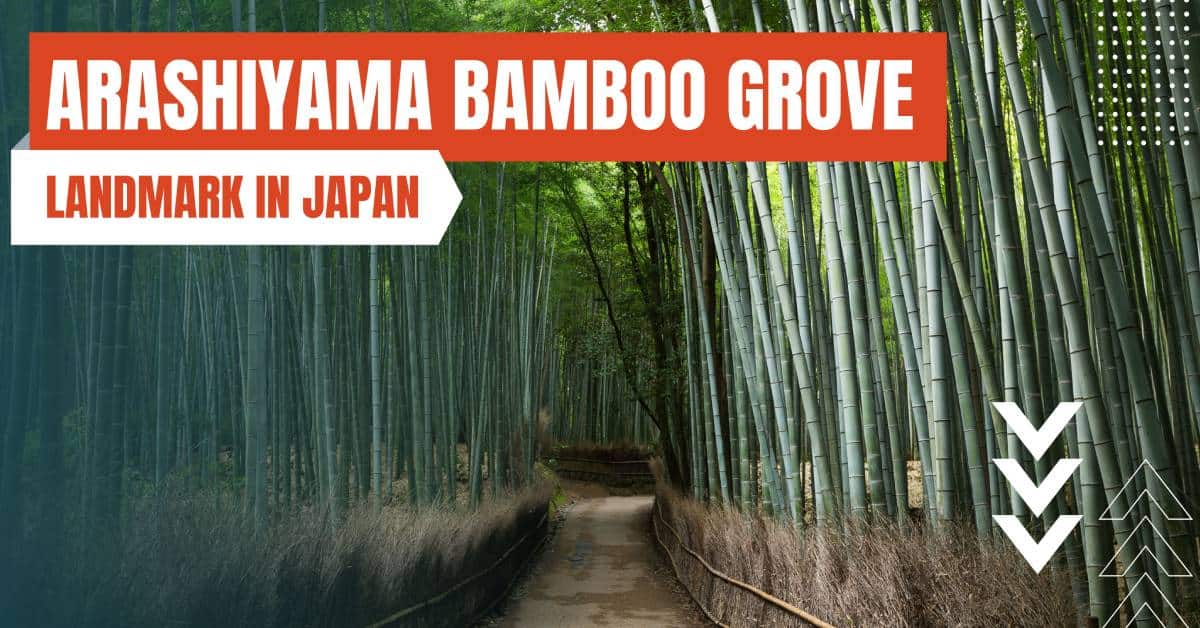
- Best Time to Visit: Early morning in Spring and Fall
- What to Expect: A serene walk through towering bamboo stalks, nearby temples, and scenic landscapes
- Ideal For: Families, solo travelers, nature lovers
- Yearly Visitor Count: Approximately 4 million
- Geographical Location: Western Kyoto, Japan
Arashiyama Bamboo Grove, an enchanting bamboo forest, offers visitors a serene and otherworldly experience as they walk along the paths surrounded by towering bamboo stalks.
The grove is particularly beautiful in the early morning or late afternoon, when the sunlight filters through the bamboo, creating a magical atmosphere.
The surrounding area is also home to several temples and attractions, such as the picturesque Togetsukyo Bridge and the Tenryu-ji Temple, a UNESCO World Heritage Site.
11. Jigokudani Monkey Park, Nagano Prefecture

- Best Time to Visit: Winter (December to February)
- What to Expect: Wild Japanese macaques soaking in hot springs, beautiful snowy landscapes
- Ideal For: Families, solo travelers, wildlife enthusiasts
- Yearly Visitor Count: Approximately 200,000
- Geographical Location: Yamanouchi, Nagano Prefecture, Japan
Jigokudani Monkey Park, located in the snowy mountains of Nagano Prefecture, offers visitors the unique opportunity to observe wild Japanese macaques, or snow monkeys, as they soak in the park’s hot springs.
The park is particularly captivating in winter when the monkeys descend from the mountains to enjoy the warmth of the hot springs amid the snow-covered landscape.
Visitors can observe the monkeys up close, offering a fascinating insight into their social interactions and behavior.
12. Nijo Castle, Kyoto
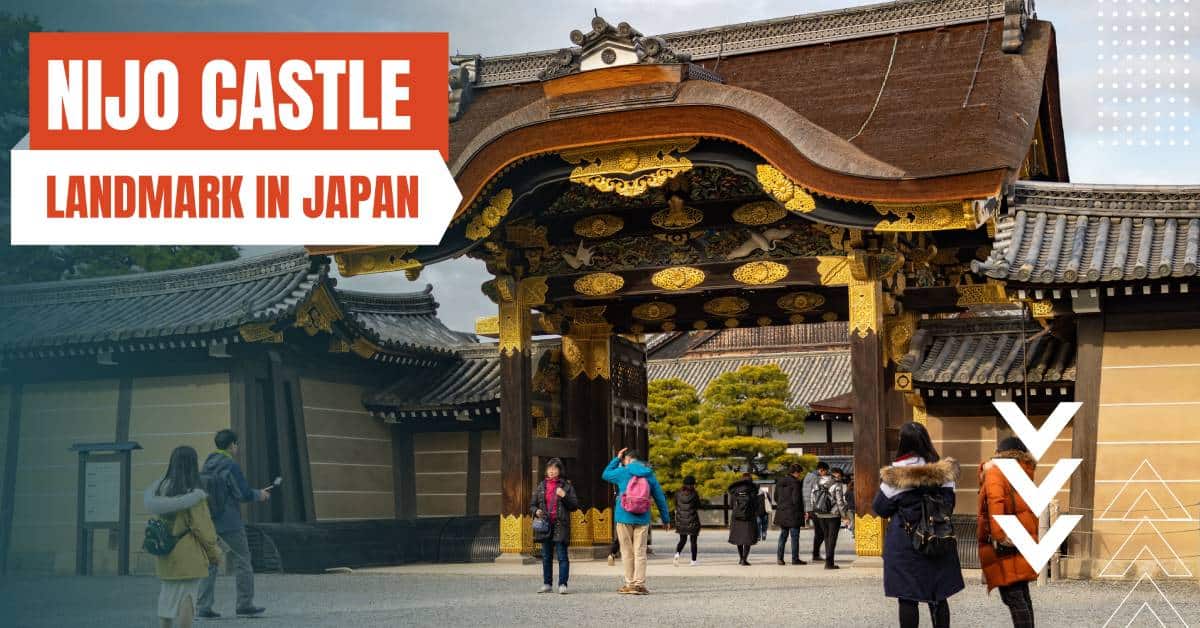
- Best Time to Visit: Spring and Fall
- What to Expect: A historic castle with beautiful gardens, lavish interiors, and “nightingale” floors
- Ideal For: Families, solo travelers, history and architecture enthusiasts
- Yearly Visitor Count: Approximately 2.2 million
- Geographical Location: Central Kyoto, Japan
Nijo Castle, a UNESCO World Heritage Site, was built in 1603 as the residence for Tokugawa Ieyasu, the first shogun of the Edo Period.
The castle is renowned for its “nightingale” floors, designed to make a bird-like chirping sound when walked upon, serving as an early warning system for intruders.
Visitors can explore the castle’s beautifully preserved interiors, adorned with lavish artwork and intricate carvings, as well as the stunning surrounding gardens, which offer seasonal beauty and tranquility.
By entering your email & signing up, you agree to receive promotional emails on eSIMs and insider tips. You can unsubscribe or withdraw your consent at any time.

About The Author
Related Articles
Spread the Word, Share the Joy
Compare eSIMs
Why keep the secret to yourself? Spread the joy of eSIMradar and let everyone in on the eSIM experience!

Easy eSIM Comparison for Your Needs
Simplifying your search! Easily compare eSIM plans tailored to your specific needs

Coverage in 210+ Countries
Benefit from our extensive eSIM comparison with 30+ providers in over 210 destinations.

Save money without second-guessing
Our platform helps you maximize value, ensuring competitive prices.

Enjoy Hassle-Free Travel Abroad
Whether you’re on holiday or a business trip abroad, stay connected with ease and focus on enjoying your experiences,
Find Your Perfect eSIM & Exclusive Deals!
Find your ideal eSIM effortlessly and stay connected in style wherever your adventures take you! Get exclusive deals and discounts at your fingertips, ensuring you get connected for less on your travels!









